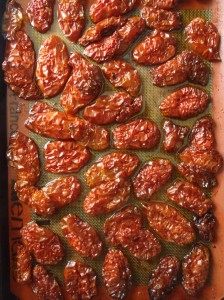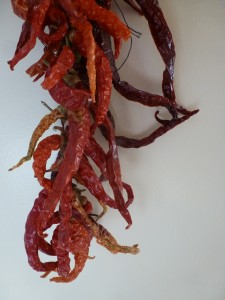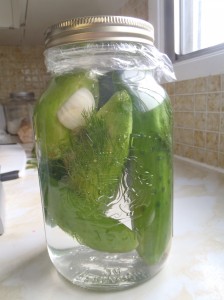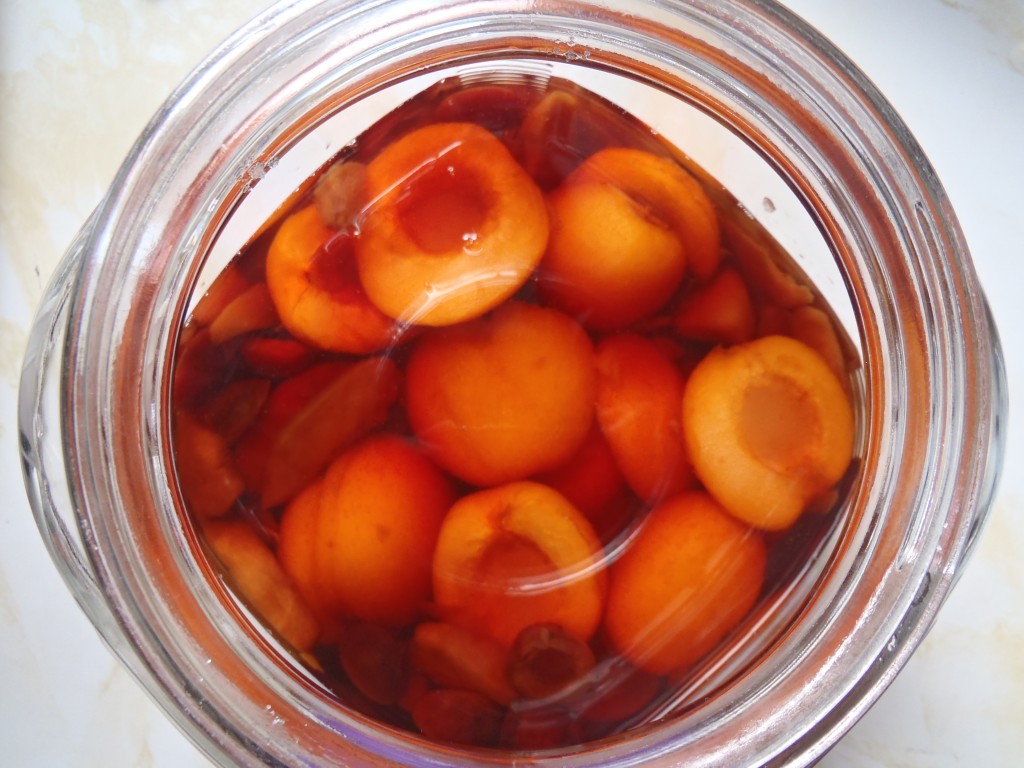 I’ve had recipes for rhubarb relish passed to me from both my family and Lisa’s. Though one is from Ontario and the other from Alberta, they are uncannily similar: one part chopped rhubarb and one part chopped onion, stewed together with cinnamon, clove, and other “pumpkin pie” spices.
I’ve had recipes for rhubarb relish passed to me from both my family and Lisa’s. Though one is from Ontario and the other from Alberta, they are uncannily similar: one part chopped rhubarb and one part chopped onion, stewed together with cinnamon, clove, and other “pumpkin pie” spices.
This has been my default rhubarb sauce to accompany meat and hearty bread for the past couple years, but I have to admit it’s not a show-stopper. I’ve been trying to elevate this recipe, and a friend of mine recently found the way. His discovery of rhubarb onion jam was one of those rare times when something in the kitchen goes horribly wrong, but the food turns out better than if all … Continue reading.

 We didn’t eat spicy food when I was growing up. Not at all.
We didn’t eat spicy food when I was growing up. Not at all.
